This story is published in partnership with Ozarks Alive, a cultural preservation project led by Kaitlyn McConnell.


GOLDEN CITY — I’m intrigued by the variations in tombstones and markers as I wander through our Ozarks cemeteries. They fall on a wide spectrum: Some are elaborately hand-carved, others are plain and simple; some are stones without any markings at all. A number seem to be more works of art than markers of final resting places.
Some tie to fraternal organizations and affiliations their namesakes represented in life. That’s what I thought this post about a trip to the Golden City IOOF (International Order of Odd Fellows) cemetery was going to be about. Spoiler alert: It’s not, but we’re going to wander through a bit of history before we get to that realization.
A few years ago, I was in the cemetery, a spot right next to railroad tracks, a cornfield and a grain company in the small Barton County town. I was impressed by several tree-shaped tombstones I saw as I wandered its rows and, after an internet search, wondered if they might be tied to the Woodmen, a category of fraternal organizations that date to the late 1800s.
The history of the movement is a bit complex, as there are multiple “Woodmen” organizations. As I understand it from internet searching, Modern Woodmen of America was founded by Joseph Cullen Root in 1883 as a way to offer life insurance to everyday people. After disassociating with that organization, he later founded Woodmen of the World in 1890. A random fact: Both of these entities still exist today and offer insurance — Modern Woodmen and WoodmenLife.
In addition to life insurance and fraternal connections, one of the past benefits offered for a period of time was tombstones — which were often tree-shaped.
Hence what brought me back to the Golden City cemetery earlier this week to revisit these tombstones. I wanted to get photos for this post. I have never taken a selfie with a tombstone but took one here to share the scale of these stones, most of which I’d guess are about as tall as I am.
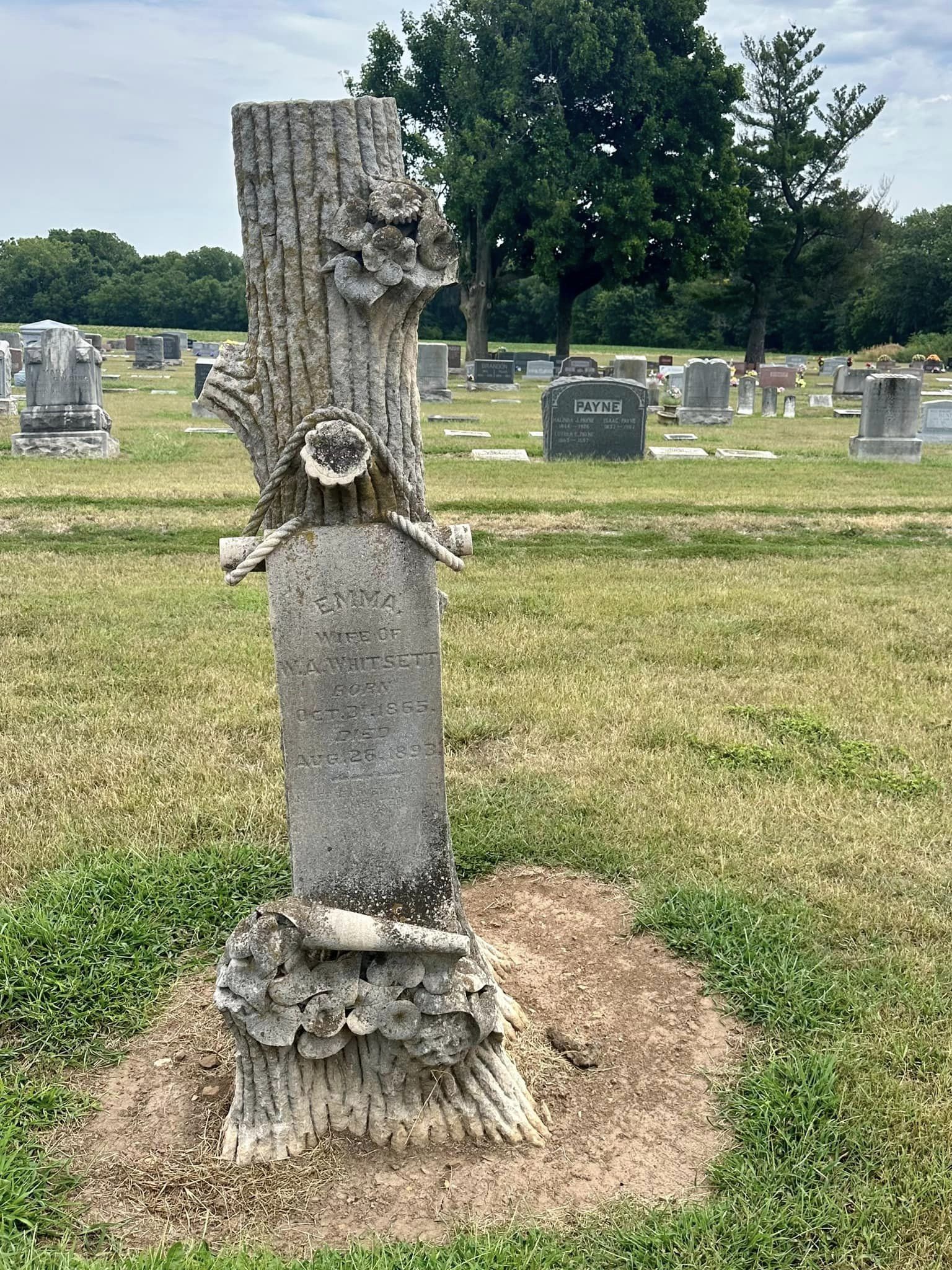

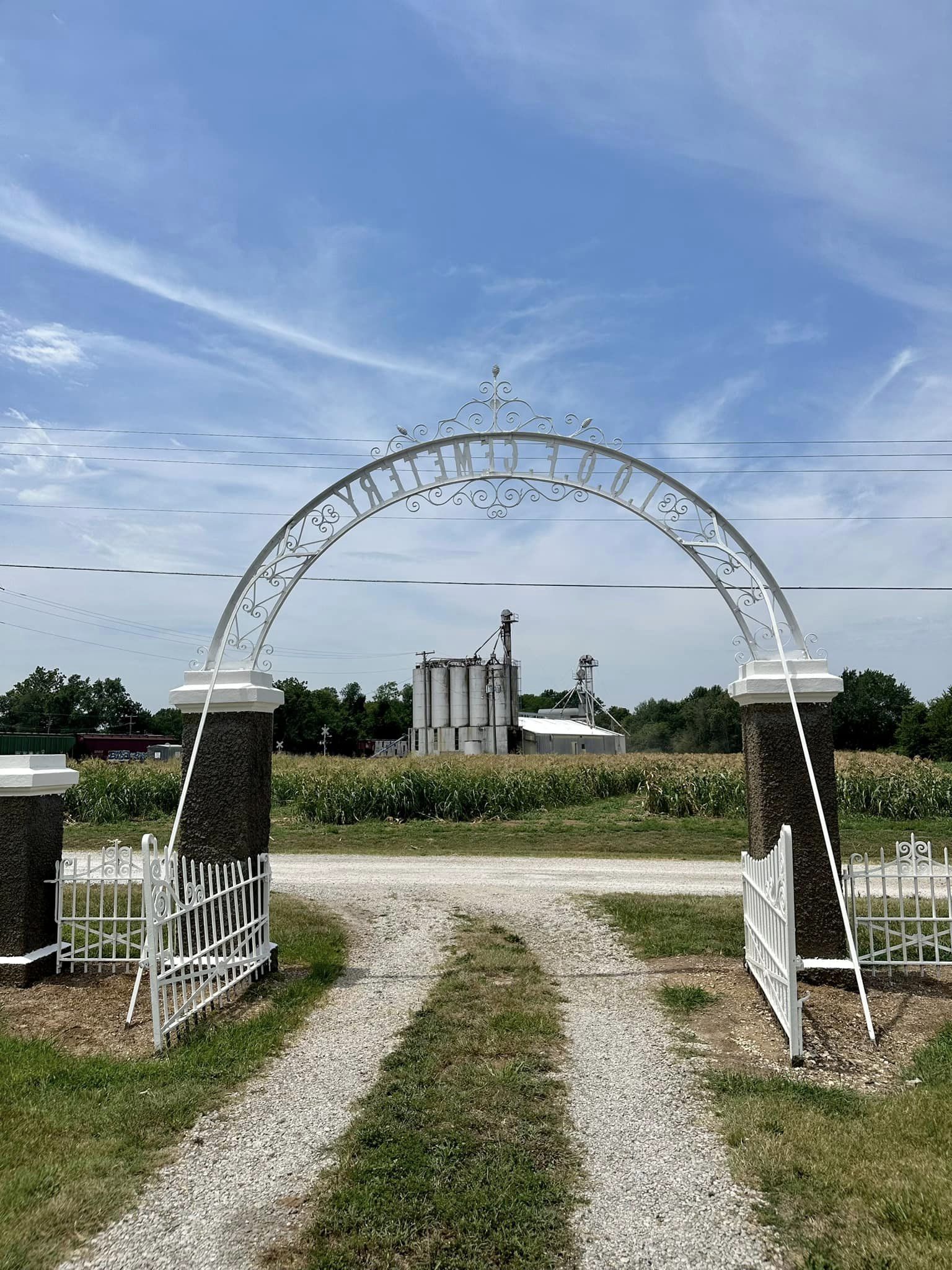
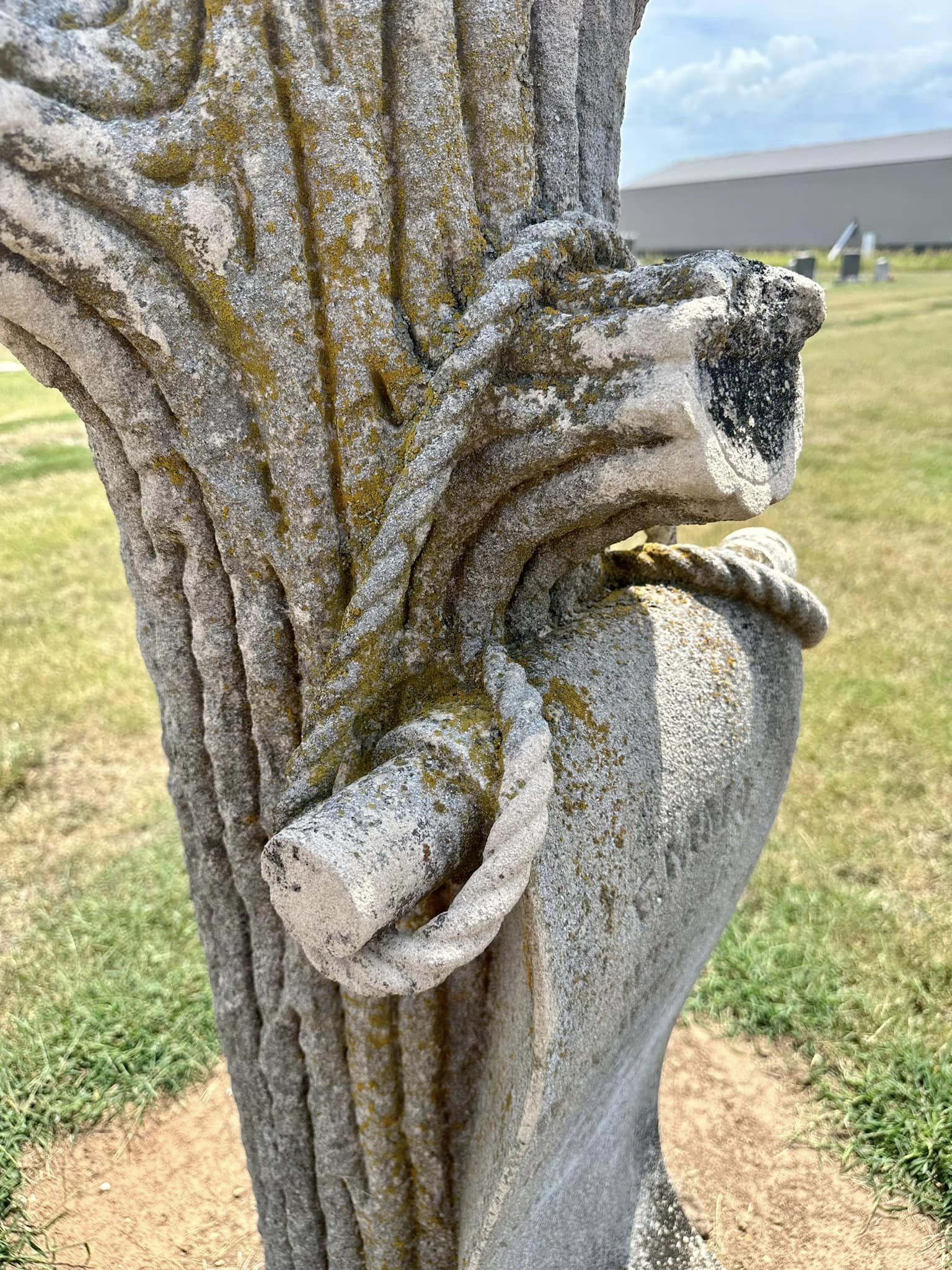
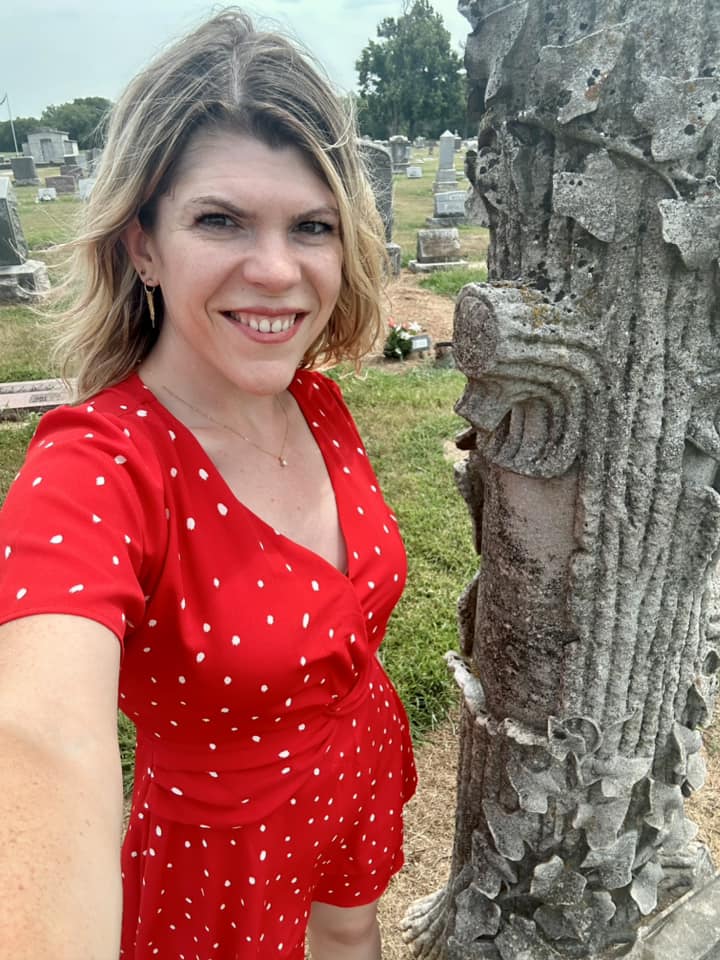
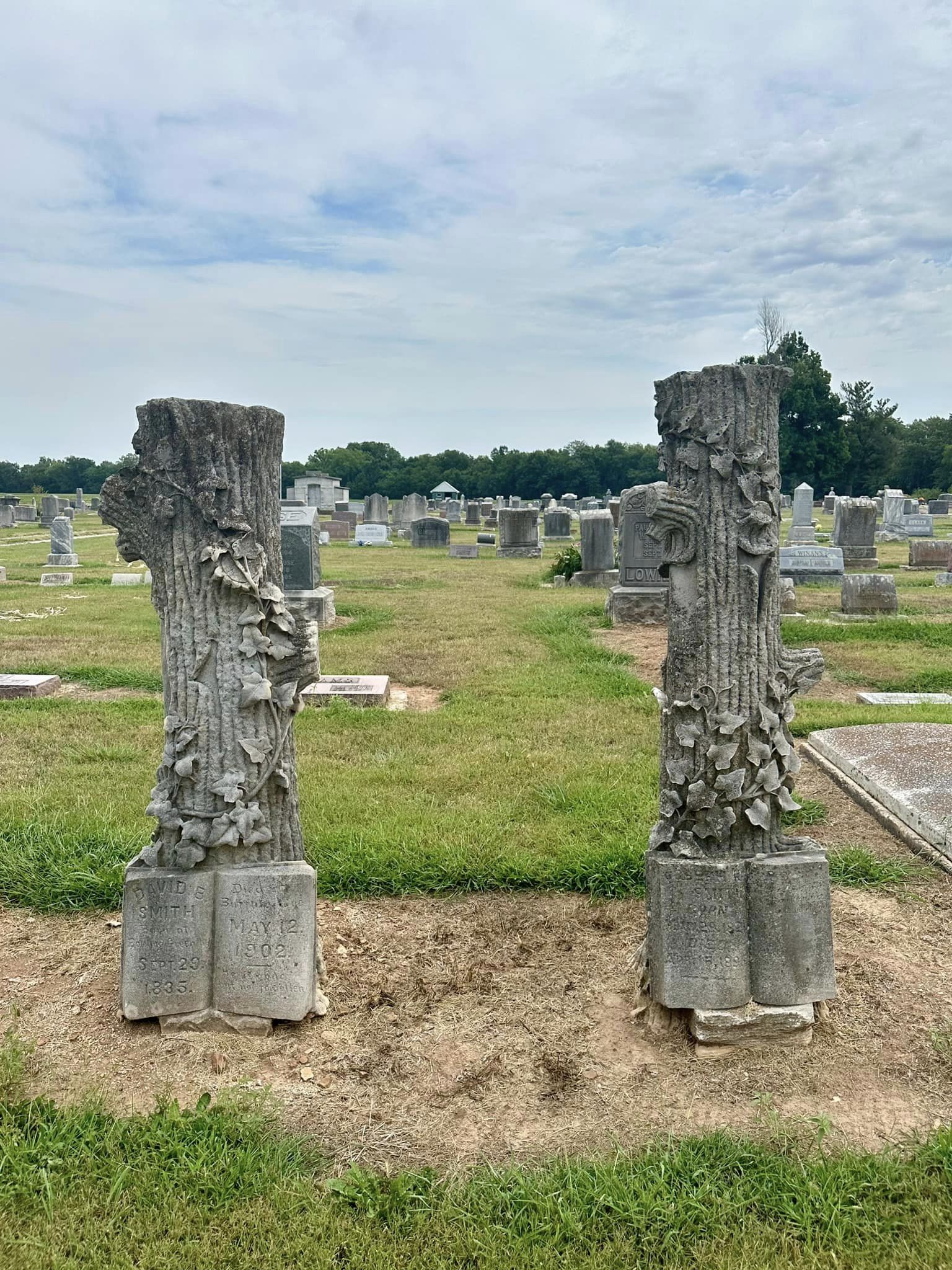
I was sure my post was likely going to be about how these folks were members of the Woodmen. Turns out, they’re not.
As I walked the cemetery this time, I realized that none of the stones had markings I read were common for these stones, including logos and tools — and some were for women.
These questions led me to Abby Burnett, author of “Gone to the Grave,” a book about regional funeral and burial customs, and an expert on tombstones. I asked if these could be tied to the Woodmen and if not, how common were tree-shaped stones?
“These are made from Indiana limestone, which was a fine-grained stone that enabled carvers to do some very detailed, delicate work,” she wrote me. “These are not WoW markers, but are relatively common for the period when trees represented lives cut down by death. We probably don't have nearly as many of these in the Ozarks as people had elsewhere (especially in Indiana, near the quarries) and, instead, have a lot of tree stumps — for children.
“Their lives were cut very short. These tree trunks have little lambs (living) posed at the base and, more rarely doves (always dead) by the base.”
I have searched for info on the people commemorated with these stones and have found little about their lives so far. I do know that Mr. Smith had a sheep ranch near Buffalo, Wyoming, where he died, and that Mr. Boyd unexpectedly passed away from a heart attack at age 61.
“Mr. Boyd was apparently in good health, he had not complained of feeling unwell,” noted the Golden City Herald. “On Saturday he had been to Lamar to the Republican County Convention as a delegate from his township. He served in the Union army having enlisted from Iowa. The funeral was conducted from his home Wednesday by Rev. W. H. Stephens and the remains were interred in the IOOF cemetery near this city.”
It’s never safe to assume anything, but my inclination would be that they were men of means and prominence to have stones such as these. I also wonder if they were the artistry of one person; according to Abby, carvers of tree-trunk stones rarely signed their work. As with much of history, perhaps those details have simply been lost.
Even if we don’t know who they are, and even if these stones don’t represent what I suspected they did at the start of my visit a few days ago, perhaps we’ve learned a bit more together in the process.
